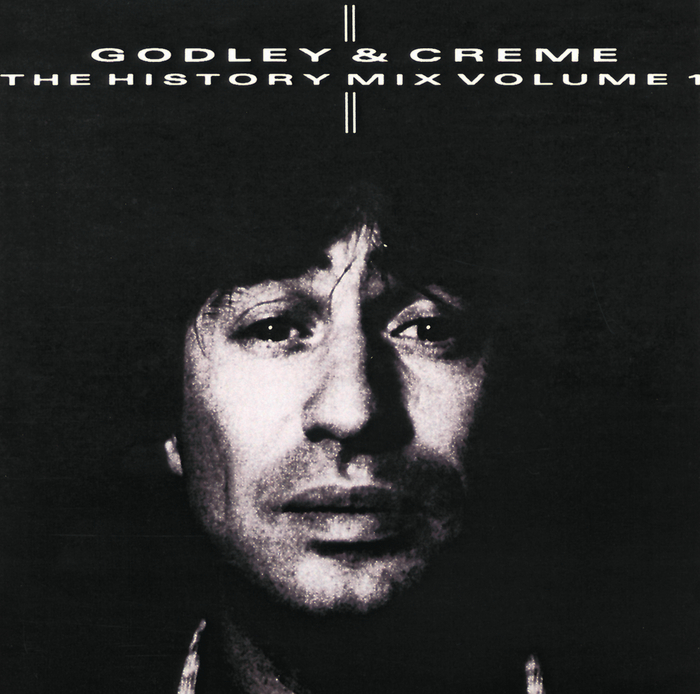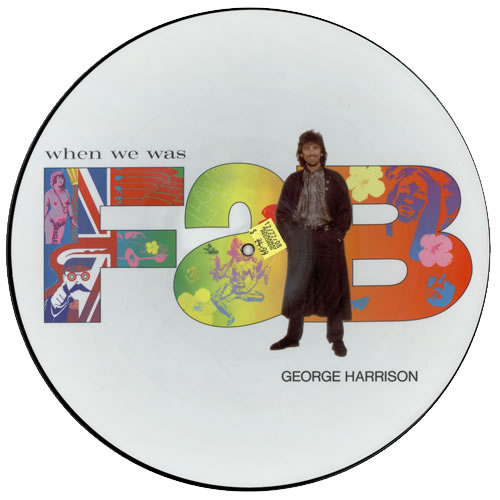The optical unconscious.The truth shoppers would have to parse through all the footage to strip away the false consciousness maintained under the neo-liberal economic model with regard to video and film. Cult values and elements of the ritual predominate and are labeled as “art.” A false aura, the artificial construction of the personality, a cult in itself which packages the personality as commodity. Certainly, their is potential there. Film can explore our own world for us, freeze framing the significance of the insignificant moment, the ordinary, the banal, and consciously interrogate a space. As Walter Benjamin said, “film has burst this prison world asunder by the dynamite of a tenth of a second”
Its obvious we are in a new age of reproducibility that is having a major impact on global visual culture as film and radio had in Benjamin’s day in Weimar Germany. This digital phase has changed, morphed and fragmented into a variety of experiences and perceptual platforms that Benjamin would have reason to pause and reflect. But the thesis, like those of Veblen, remain relatively intact. The aestheticization of politics, and the function of entertainment within the commercial complex seems to extenuate and amplify, intensify, the relation between a politicized aesthetic and an aestheticized politics; blurring and blending across the global media structures. Is there still room as an art form?….

---Benjamin:In every new technical revolution, the political position is transformed—as if on its own—from a deeply hidden element of art into a manifest one. And this brings us ultimately to film. Among the points of fracture in artistic formations, film is one of the most dramatic. We may truly say that with film a new realm of consciousness comes into being. To put it in a nutshell, film is the prism in which the spaces of the immediate environment—the spaces in which people live, pursue their avocations, and enjoy their leisure—are laid open before their eyes in a comprehensible, meaningful, and passionate way. In themselves these offices, furnished rooms, saloons, big-city streets, stations, and factories are ugly, incomprehensible, and hopelessly sad. Or rather, they were and seemed to be, until the advent of film. The cinema then exploded this entire prison-world with the dynamite of its fractions of a second, so that now we can take extended journeys of adventure between their widely scattered ruins. The vicinity of a house, of a room, can include dozens of the most unexpected stations, and the most astonishing station names. It is not so much the constant stream of images as the sudden change of place that overcomes a milieu which has resisted every other attempt to unlock its secret, and succeeds in extracting from a petty-bourgeois dwelling the same beauty we admire in an Alfa Romeo. Read More:http://sullivandaniel.wordpress.com/tag/walter-benjamin/ image:http://www.thomasreynolds.com/gr_chaplin.html
Interview with Godley and Creme:
By contrast, their latest video for “When We Was Fab,” George Harrison’s second hit from his Cloud Nine comeback, presented its problems during the actual shooting.
“George called us up and asked if we’d do the video, so we went over to his house – which is the ideal rock star’s mansion, incidentally – to discuss our ideas,” recalls Creme. “We wanted to do something that again looked very simple, but which was quite subtle and complex, and that was to position George against this wall, and have all the action take place around him.”…

---In short, for Benjamin, an artist whose work fails to encourage or inspire spectators to try their own hand at artistic production is useless, worthless, borderline solipsistic, an individual who creates art for herself and no one else. Thus, the measure of a work’s greatness or effectiveness is its capacity to stimulate original production from others; to a certain extent, I treat this as a (but not the) golden rule when dealing with a film, a novel, a painting, a song, an installation, and so on. Hopefully this sheds a teensy bit of light—but not too much—on why I think and write about art as I do. It’s all about contagiousness, transmission, dissemination, circulation: “Shouting into the void” is for the birds. An author who teaches writers nothing, teaches no one. What matters, therefore, is the exemplary character of production, which is able first to induce other producers to produce, and second to put an improved apparatus at their disposal. And this apparatus is better the more consumers it is able to turn into producers—that is, reader or spectators into collaborators.--- Read More:http://sullivandaniel.wordpress.com/tag/walter-benjamin/ image:http://www.junodownload.com/products/the-history-mix-volume-1/1782749-02/
…The pair report that Harrison became so enthusiastic about the concept that he decided to use the occasion for a bona fide Beatles reunion which, given the continuing legal battles over Apple, was by no means a sure thing. Everyone agreed at first, including Paul McCartney. “He was going to wear the Walrus suit and play bass,” Godley said. “But unfortunately, he pulled out at the last minute, and that’s when we got Elton John to come down. Elton walks past George and the band carrying a picture of John Lennon. So symbolically, at least, all The Beatles are there.”
But if Paul didn’t show up, then who is the mystery bass player wearing the Walrus suit? Godley and Creme aren’t telling.
“We will, however, reveal a few of our tricks, like how we managed to make George grow four arms and float,” adds Creme. “The truth is, that’s not even really George standing against the wall. It’s a fiberglass and metal dummy which we then attached to the wall. Then we had five people manipulating the hand movements through a hole in the wall and the cast.”…

---Film allows an event or a performance to be recorded and be available for countless audiences to see. Mechanical reproduction makes possible the involvement of the masses in culture and politics; it makes possible mass culture and mass politics. In “The Work of Art in the Age of Mechanical Reproduction,” Benjamin analyzes how mechanical reproduction destroys the uniqueness and authenticity, the “aura” as he labeled it, of the work of art. The withering of aura in the age of mechanical reproduction is inevitable. And, in many respects, it is a good thing. If the mystique of the “original” is broken down, if the
k of art is torn from the “fabric of tradition” (p. 211) of which it was a part, then it loses its false importance. “For the first time in world history, mechanical reproduction emancipates the work of art from its parasitical dependence on ritual” (p. 224).--- Read More:http://www.ejumpcut.org/archive/onlinessays/JC15folder/WalterBenjamin.html image:http://eil.com/shop/moreinfo.asp?catalogid=22459
…”Once we’d shot all that footage, we simply superimposed George’s head on top in the edit,” explains Godley. “Of course it wasn’t quite that simple,” Creme says, “because every time a person walked past him, we had to rotoscope their heads in later.”
“But it real really is George’s legs crossing at the end,” laughs Godley. “He simply lay on his back behind the wall, stuck his legs through the hole beneath the body cast and then crossed them.
“It was a lot of fun to do, and George and Ringo were both great to work with,” he adds. “In fact George enjoyed himself so much that he told us we’d have to direct all his Handmade Films from now on.” Read More:http://www.minestrone.org/pulse.htm
ADDENDUM:
Who would call something like, say, “The Bourne Ultimatum” or “Quantum of Solace” more visually coherent than an older movie whose average shot length is 9+ seconds? If anything, the sense of disorientation that this style of découpage engenders is a reflection of modernity’s (or, rather, post-post-post-post-modernity’s) impact upon human perception and cognition, not the other way around. Of course, as Walter Benjamin argued in his writings on Soviet Montage and as Georg Simmel argued in his writings on the metropolis, the relationship between our immediate environment and our minds is nothing if not a two-way street, so who knows.
As Jean-Luc Godard once put it, “cinema today is better fitted than either philosophy or the novel to convey the basic data of consciousness.” The data in question, however, isn’t all that basic.Read More:http://sullivandaniel.wordpress.com/tag/walter-benjamin/
——————————–
Kazis:For Benjamin, the withering of the aura is the result of two developments unique to film, the new relation between actor and audience and the mass nature of the medium. In the theater, the actor responds to and adjusts to the audience. Each performance is different: there is a subtle interaction, a unique experience of relation between actor and audience. In film, there is no audience for the performance; there is only the camera. In fact, the actor’s performance is not one performance but rather a series of performances. A film is an ordering of multiple fragments, a series of scenes shot in order of expedience rather than in logical or temporal order. The actor is put in the paradoxical situation of operating with his/her whole living person while being robbed of the aura that is tied to his/her presence. The actor is present to the camera, not to the audience; as a result,
“the audience’s identification with the actor is really an identification with the camera” .
The importance of this, in Benjamin’s opinion, is the distancing it forces on the audience. The filmgoer more easily takes on the role of critic, for there is no personal contact with the actor to influence judgments. The film viewer becomes a tester, almost a back-seat director. Benjamin even compares the film shot to a vocational aptitude test, describing both as examples of
“segmental performances of the individual … taken before a committee of experts” .
Read More:http://www.ejumpcut.org/archive/onlinessays/JC15folder/WalterBenjamin.html








 COMMENTS
COMMENTS



